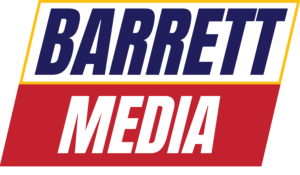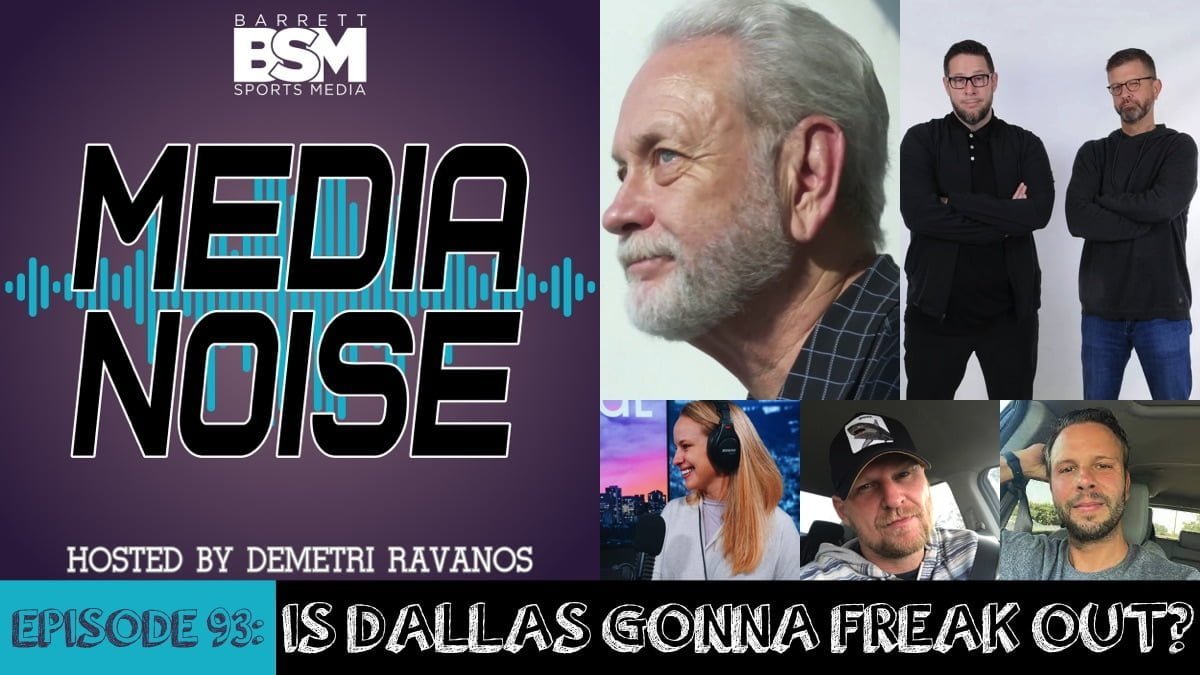Social media is a tool, it is not a product. At least it’s not a product that you can sell. Twitter can sell it. Instagram and TikTok can, too, and whatever the next platform that finds a way to convince a whole bunch of people to upload their content onto its network so they can be rewarded with the hearts and the RTs.
But for someone who is involved in media – which is presumably everyone reading Barrett Sports Media — the primary value you derive from any social-media content is attention, not revenue. This is true for stations and talent, and while attention is important, it’s more akin to good advertising than it is an actual commodity. No one is buying your social media content. In fact, you’re giving it away, and while there are certainly some benefits you can gain from this exchange, there are plenty of drawbacks, too, which haven’t been given nearly enough consideration.
I should know. I worked in sports media for more than 20 years, first as a newspaper reporter in Seattle and then for eight years as a radio host at 710 AM, a Seattle sports station. In that time, Twitter had a bigger impact on the behavior of sports-media members than anything else and that includes the transition from a print product to an online publication.
Twitter became where you went to break news and gather information. It’s where you built an audience and answered questions. And while it became an inescapable part of the job, I’ve increasingly come to struggle with the business rationale for doing so.
We’ve looked at all sorts of other things about Twitter. How it has encouraged the hot-take economy. How it has driven people to be more angry in their responses, more reckless in their reporting. But we haven’t been spent nearly as much effort looking at the impact Twitter has had on the actual business model of sports-media companies. This strikes me as very short-sighted given how much time the members of this industry spend talking about and creating content for those platforms. What are the pros and the cons?
The benefits
This is pretty straightforward. Twitter and other social-media platforms have been a tool to gain attention and generate an online audience for individual media members and for shows. Presumably this will help in audience growth, another door for your customers to access your main content. Really, it’s the best kind of advertising: It’s free.
It also provides a quick scoreboard that shows significance. You can see how many followers are on a feed and look at the level of engagement on a post. Sure, there are ways to game the system, but by and large, it’s a pretty good, quick estimate on someone’s significance online.
Social-media networks certainly help with generating ideas and conveying information. You got to follow breaking news in real time. It also deepens that connection with the audience. It is a two-way medium, allowing for real-time interaction. This isn’t all good, though.
The drawbacks
It is a two-way medium, allowing for real-time interaction and harassment. It’s also very easy to assume that Twitter is representative of the audience that you have on other mediums such as television and radio. It is not representative. The highest estimates I’ve seen for Twitter engagement is 23% of American adults, and even that strikes me as very high.
From a business perspective, you’re giving away your content, and don’t you dare try to tell me about that one sponsorship Domino’s had with some ESPN personality to Tweet about pizza. I know about that. I’ve been part of a couple of endorsement deals with a social-media component, and in terms of revenue, it’s window dressing as opposed to an actual entrée. No one is selling on a scale where it’s going to offset the erosion of advertising dollars.
The more I think about it, the more I believe the widespread use of Twitter by the American media establishment is similar to the decision newspapers made 20 years ago to make their content available for free on the Web. More people consumed the content, but no one was paying for it.
I’m not saying we should stop using Twitter. I am saying we should stop thinking of social-media content as a product, though. Too many people in this industry have come to see it as having value unto itself, and it does. To the social media companies. They’re the ones who benefit the most.
A closing note: This is going to be the final installment of my weekly column here at Barrett Sports Media. I’ve really enjoyed the opportunity to write about some of the issues in the industry and pass on a few opinions and insights I’ve developed in my career. Over the past year, I’ve moved increasingly away from daily sports content and going forward will be dedicating my efforts toward longform reporting and narrative storytelling. I’m especially grateful to Jason Barrett and Garrett Searight for their support, and I appreciate the many people I’ve met through this platform. Thanks for reading, and one way or another, I hope you’ll hear from me again.
Danny O’Neil is a sports media columnist for BSM. He has previously hosted morning and afternoon drive for 710 ESPN Seattle, and served as a reporter for the Seattle Times. He can be reached on Twitter @DannyOneil or by email at Danny@DannyOneil.com.







